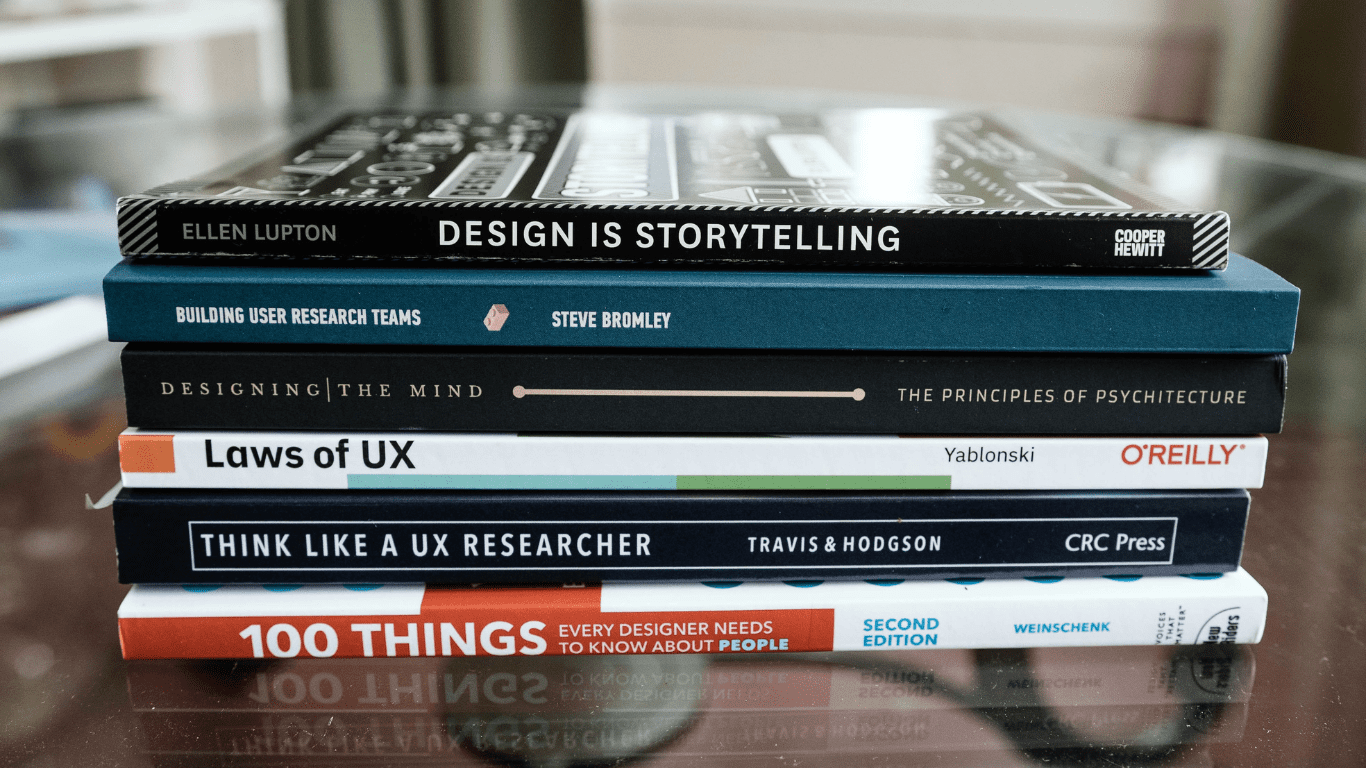How To Conduct A Manual UX Review For Your Digital Product Or Service
When User Experience (UX) improves customer experience (CX), it can also significantly increase a company’s ROI, as good UX investments enhance customer satisfaction. In time, satisfied customers become loyal, which is vital to a company’s success and is its very reason for existing.
In this article, we talk about our top 3 UX design techniques you can implement with your team to improve your customer experience like a pro!
What Is UX Design?
Before we dig in, let’s recap what User Experience (UX) is to eliminate any confusion. Website UX is all about digital product usability, whereas Customer Experience (CX) is about how your customers feel throughout the customer journey.
To find out more, check out our article on CX vs UX: What’s the difference between Customer Experience and User Experience?
And now, let’s see what does UX mean in web design. UX design refers to the user’s journey when interacting with a product or service. It’s the process design teams use to create products or services that provide meaningful and relevant experiences to users. It involves the design of the entire process of acquiring and integrating the product, including aspects of branding, design, usability, and function.
In other words, UX design can also be seen as a “school of design” that transfers to virtually every facet of any digital product, whether front-end websites, mobile apps, or general software. Anything that is ‘used’ by someone in the digital space can benefit from good UX design techniques.
So the concept is simple: design your product or service and its interface in a way that prioritises user experience. However, consider that UX design thinking posits that the process is never really ‘done’. It’s an iterative journey that aims to gather insight into how users interact and improve that on a constant basis.
Why You Need A Good UX Design Strategy
User experience (UX) is a critical aspect of a product or service design, and conducting a manual UX review is essential. Because a UX review involves evaluating the entire user experience of a digital product or service from start to finish, it identifies any pain points or friction in the user experience to make informed design decisions.
In this article, we talk about how you can conduct an effective manual UX review that will help you solve any problems and design an efficient user experience.
What Is A User Experience Review?
A manual UX review is a process where a UX auditor evaluates an existing digital product to pinpoint usability issues, as well as less-than-perfect areas that could be enhanced for a better user experience.
It is particularly useful when conducted at the very early stage of a website/application or before a planned redesign/enhancement of that digital product/service. Companies without an internal UX team that conduct continuous UX tweaks would benefit most from one-off or regular UX reviews.
A UX design review helps to answer questions such as:
- What difficulties do users encounter when interacting with the product/service?
- Are there complications with functionality or navigation?
- At what point of the customer journey map is your user when they leave the site?
- What do the metrics tell you about user behaviour?
- What changes can you implement to make your website or app perform better?
- Is the content easy to find and understand?
- Is the design, layout, and colour scheme clear and compelling?
Why Does Your Business Need A UX Review?
A well-designed customer interface helps meet the user’s needs, provides a positive experience, and keeps them happy. And that’s why a thorough manual UX review is so important: happy users spend more! However, don’t just take our word for it and let’s examine the evidence:
- One study found that customers who have excellent experiences with brands spend 140% more
- Airbnb credit good UX with transforming them from a near-failure to being valued at $10 million
- A study of over 400 companies found that more money invested in design leads to more sales
- When Walmart re-designed their website in 2018, its eCommerce sales grew by 43%
Even more, having a good UX design resulting from a well-planned UX review will significantly reduce costs, boost conversions, increase customer loyalty and help your brand stand out!
Step By Step Process For Conducting Your UX Review
The person conducting the UX review (the reviewer) should not only be more knowledgeable about usability best practices and should also be someone who has not been involved in creating the project.
A fresh perspective is much more unbiased and provides honest feedback. An outsider needs to be more emotionally invested in the project, is unaware of internal team politics, and can quickly spot any glaring problems that may remain hidden from someone looking at the same design for too long. So now, let’s look at a great UX design review process that you can easily implement in your business!
Stage 1 – Prepare & Discover

At the preparation stage, the main focus is reviewing your business or product/service goals and current concerns with relevant stakeholders. By doing so, you can shape the focus of your manual UX review and analysis.
Before moving on to the next stage, you can start building your perfect target persona and scenario that you will use later during your user journey analysis. You can start with your target persona by thinking about their:
- name
- demographics (age, gender, occupation, education, marital status, location)
- what is needed by the user (what task they want to accomplish)
- what motivates/frustrates the user
At Lnet Digital, we have excellent resources to help you make the most of your digital marketing efforts, such as this Target Persona Template.
Then you can move on to creating a user scenario by specifying the following:
- who the user is
- the situation that drives the user to the product
- a specific task or goal the user has at the moment
Stage 2 – Review

After having the user persona and scenario defined, you could manually browse through the website and take notes to identify different stages of the user journey.
A great tip we have for you: after following a sequential order of the steps of a typical buyer’s journey, review the user actions with touch points and group them into different stages, which would usually include:
- Awareness
- Research
- Purchase
- Use
- Advocate
Once all your user actions and touchpoints are classified and grouped under different stages, start looking at each touchpoint in more detail to identify potential roadblocks, design deficits and usability issues. You can also create a UX design review checklist and note down any issues spotted as you go through it. The checklist could include things like:
- potential roadblocks in the user journey
- inconsistencies in the design system
- inconsistencies or repetitions in the content hierarchy
- issues in usability and accessibility
- broken links/buttons and out-of-date content
- information architecture (a very interesting topic we will discuss in our next blog, so keep your eyes peeled!)
Another great tip is to use special tools to aid your thinking process when evaluating the website, such as UX site maps and flow charts.
Stage 3 – Report

Based on the outcome of the previous stage (review), you can organise the persona, scenario, stages, user actions, pain points and solutions into a detailed user journey map and add it to the 1st page of a slide deck (see a great example below).

In that way, from the 2nd page of the slide deck, you can present and justify the solutions by providing detailed explanations about the pain points (we recommend writing one pain point and one proposed solution in each slide).
The structure of a typical slide could be:
- Title: Potential Pain Points & UX/CRO Recommendations
- Top: Issue Number (being matched to the user journey map) + One-sentence summary of the issue (be clear about which touchpoint that issue is associated with)
- Body: Detailed explanation + Screenshot
- Bottom: Suggested solution (the solution proposed shall be clear, specific and practical rather than abstract and vague)
Start Boosting Your Business Success
Conducting a manual UX review is the best way to obtain a fresh perspective on your product or service UX design, and it allows you to quickly and effectively address any usability issues.
If you want to improve your UX, streamline internal design processes, and increase your business value, why not work with an agency specialising in evidence-based User Experience like us?
If you want to discover how we can help you experience what your users see and feel about your products and services in real-time, don’t hesitate to contact us. During your FREE consultation, we can explain our UX Review Service and find the best way for you and your business to get to know your customers better than ever, so you can increase your Customer Experience & ROI in no time!
You can call us on 0116 218 4000 or email us at [email protected], and one of our friendly and experienced team members will be happy to assist you!
In the meantime, you can read more articles such as:





